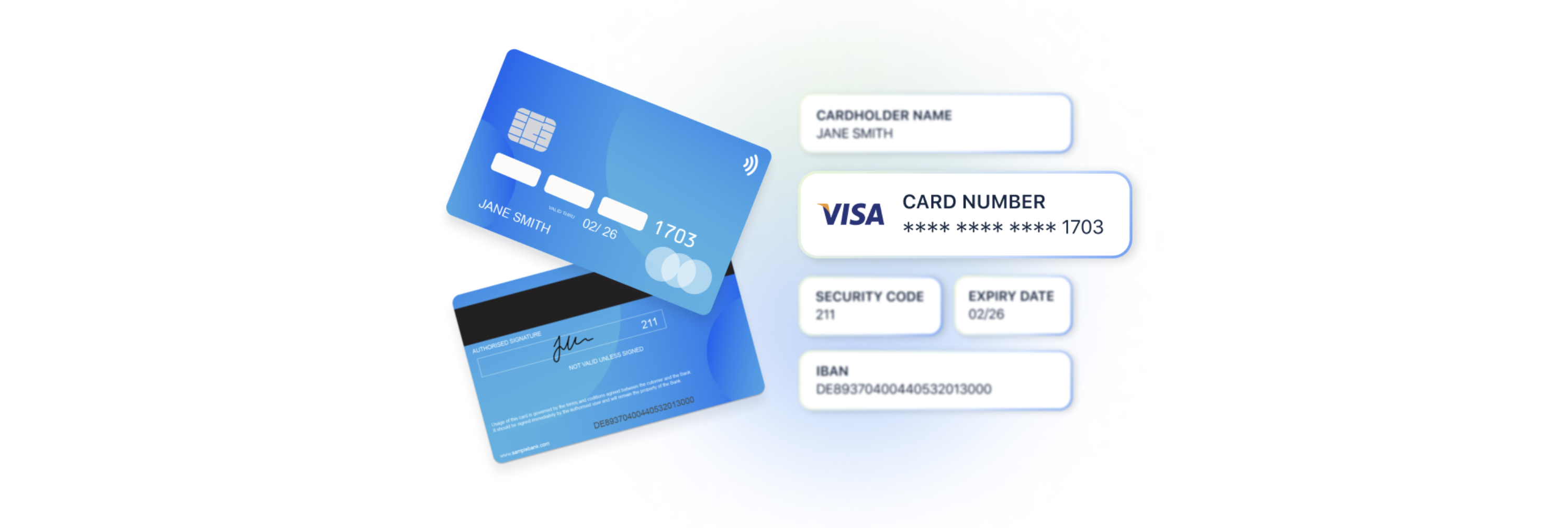Settings & configurations
The BlinkCard SDK is designed with flexibility in mind to satisfy various business needs. Here are common settings and configurations to get the most out of your implementation:
Disable unnecessary fields
The BlinkCard SDK can extract several data points from payment cards. Specify which data points are necessary for your integration and disable the remaining. This will benefit users since the SDK will conclude the scanning session after just a single side capture if all the data points are extracted.
Obtain images
By default, image return is disabled to minimize memory consumption on standard integrations. It's common, however, to require images of the payment card from the scan process for additional purposes. The BlinkCard SDK is capable of returning high quality images in a native image format by enabling the returnFullDocumentImage setting.
Anonymization
Handling images of payment cards can have harsh implications on PCI DSS compliance. Utilize anonymization settings to obfuscate sensitive payment card details in the data and images returned by the SDK.

Consult your internal compliance teams or trusted compliance partners before making changes to your payment flow to prevent noncompliance.
Adjust liveness settings
Based on your business' risk tolerance, it might be appropriate to modify the sensitivity of the hand detection, screen detection, and photocopy detection liveness indicators. Reducing the sensitivity of liveness indicators will minimize the impact to real users at the risk of accepting fraud. Increasing the sensitivity will minimize risk at the expense of rejecting some non-fraud cases. The default configurations are designed to optimally balance user-experience with risk, however, it's recommended to test the solution thoroughly to find which values best suit your needs.